5 Features Inside Cisco's New UCS C4200 That Partners Need To Know
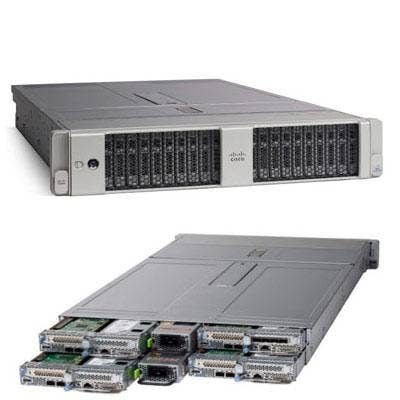
Cisco UCS C4200
Cisco unveiled a slew of features for its new Cisco UCS C4200 platform on Thursday aiming to attack the high-performance computing (HPC) market.
"This absolutely represents the highest density product in our lineup today by a large margin," said Todd Brannon, director of product marketing for UCS, in an interview with CRN. As of the fourth quarter of 2017, Cisco owns 5.1 percent share of the global server market, according to research firm IDC. The network leader pulled in $1.05 billion in server revenues for the fourth quarter, up nearly 15 percent year over year. The C4200 represents one of Cisco's biggest launches in the server market this year.
Here are five features inside Cisco's new UCS C4200 platform that partners need to know.
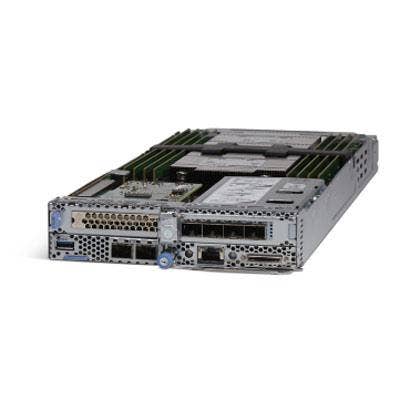
C125 M5 Server Nodes
The key ingredient inside the C4200 platform is Cisco's new UCS C125 M5 rack server node, offering compact performance for scale-out, compute intensive workloads with up to 128 percent higher processor core density compared to a 42RU standard rack of UCS servers. Each node contains up to 32 cores per socket, 16 DIMM slots for up to 2 TB of capacity, 2666 MHz of DDR4 memory, Cisco's 12G RAID controller, two PCIe slots, flexible network mezzanine slot supporting speeds of 10/25/40/100 Gbps, and an optional Cisco Virtual Interface Card.
AMD Processors
The new C125 server node contains two AMD EPYC 7000 CPU processors. The AMD processors include up to 32 high performance cores and an integrated security subsystem. "AMD has done some great things with their EPYC line-up in terms of core density, memory, bandwidth and the PCIe lanes available -- so for a high-density play, they were a great choice," said Cisco's Brannon. "We're bringing AMD into the family with this product."
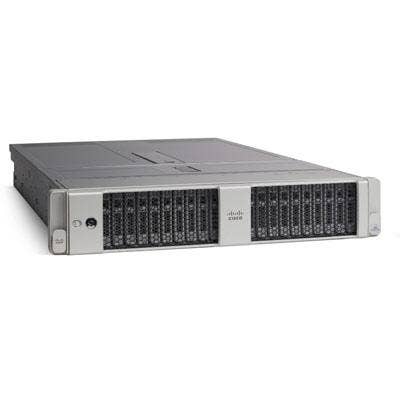
UCS C4200
The network leader touts its new UCS C4200 Series Rack Server Chassis as a high density, multi-node solution that maximizes application performance and operational efficiency. Up to four UCS C125 nodes can be installed in the C4200. Bannon said Cisco is making it easy to add density-optimized compute to any data center by now extending UCS systems management across all form factors, which eliminates silos and enables advanced automation.
"We've had customers approach us over the last 18 months asking us to create a multi-node system that they can integrate into their UCS environment. That request is coming from online gaming companies who are building big compute farms to power their massive online gaming. We're seeing this request from service providers – specifically folks standing up hosted private cloud services – and also NFV infrastructure," said Brannon. "From a density perspective, its over double the number of processing cores we can pack into a 42U rack for customers versus the blade servers that we have today."
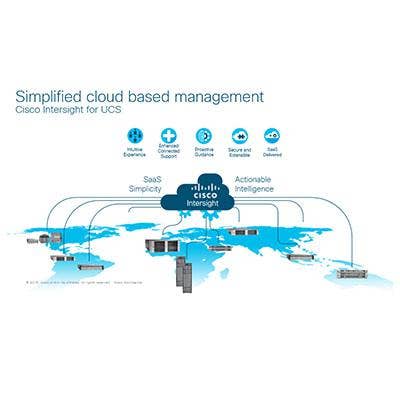
Cisco Intersight
Together with Cisco's unified cloud-based management platform, Intersight, the C4200 can be managed with all UCS and HyperFlex systems from a single cloud-based console, aiming to make it easier to deploy, scale and manage infrastructure at the core or across multi-site environments. With Intersight, the C4200 with C125 nodes provides architectural advantages including a lower lifecycle total cost of ownership and a reduced amount of administrative work, according to Brannon.
"There's a lot of vendors out there that can bend sheet metal into this shape, but none of them have built a system-level management capability like what we've done," said Brannon.
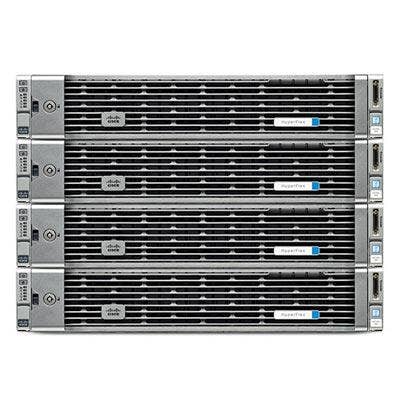
Future In HyperFlex
Brannon said Cisco's hyper-converged infrastructure teams in charge of Cisco HyperFlex have already been reviewing the new UCS technology with plans to implement it inside HyperFlex.
"Our HyperFlex team is already looking at this as an edge platform. For customers that are trying to deploy a small, hyper-converged cluster out of a remote site or branch office, this will be an incredibly attractive platform for us to put our HyperFlex stack on and productized as an edge solution. We have nothing to announce today, but it's definitely something we're looking at closely because we think this will be an ideal platform for HCI at the edge," said Brannon.